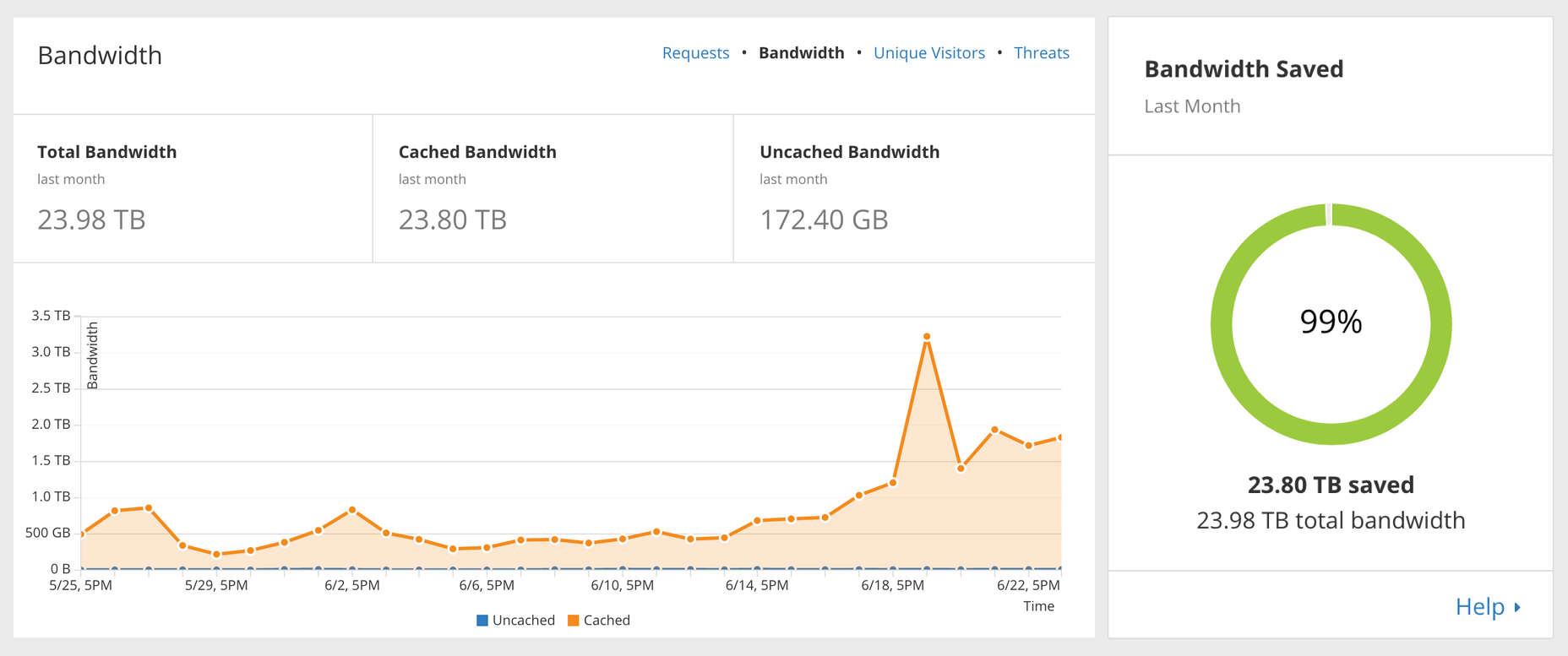0

This is a guest repost by Mark Russinovich, CTO of Microsoft Azure (and novelist!). We all benefit from a vibrant competitive cloud market and Microsoft is part of that mix. Here's a good container overview along with Microsoft's plan of attack. Do you like their story? Is it interesting? Is it compelling?
You can’t have a discussion on cloud computing lately without talking about containers. Organizations across all business segments, from banks and major financial service firms to e-commerce sites, want to understand what containers are, what they mean for applications in the cloud, and how to best use them for their specific development and IT operations scenarios.
From the basics of what containers are and how they work, to the scenarios they’re being most widely used for today, to emerging trends supporting “containerization”, I thought I’d share my perspectives to better help you understand how to best embrace this important cloud computing development to more seamlessly build, test, deploy and manage your cloud applications.
Containers Overview
In abstract terms, all of computing is based upon running some “function” on a set of “physical” resources, like processor, memory, disk, network, etc., to accomplish a task, whether a Continue reading
 Kevin Jones (
Kevin Jones ( ARM wants to lend a hand to IoT.
ARM wants to lend a hand to IoT.
 The role the SDN control layer plays.
The role the SDN control layer plays.
